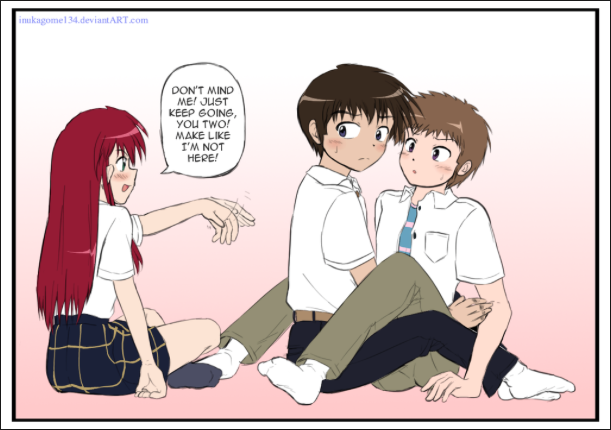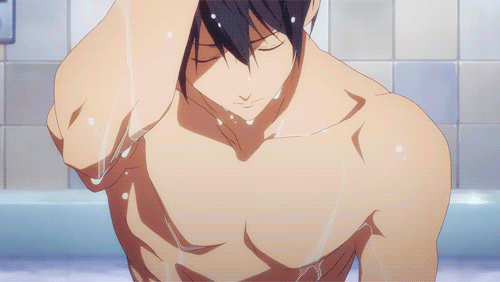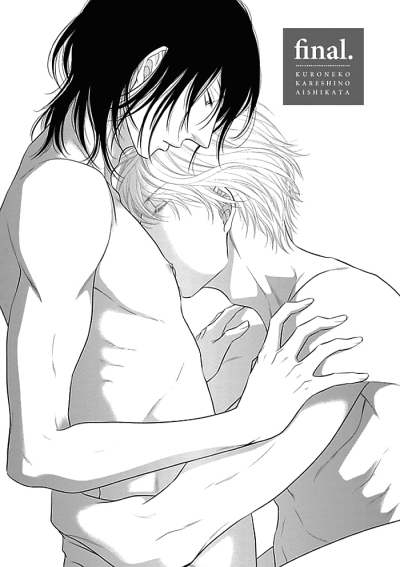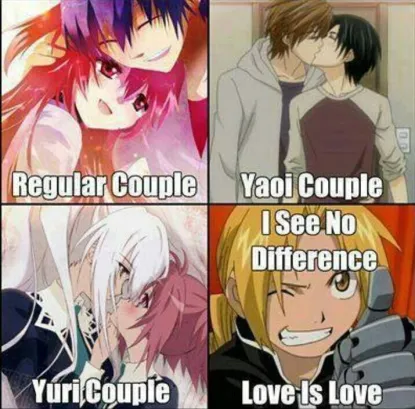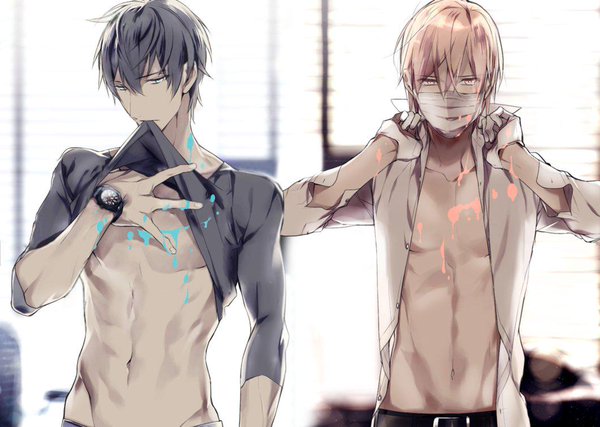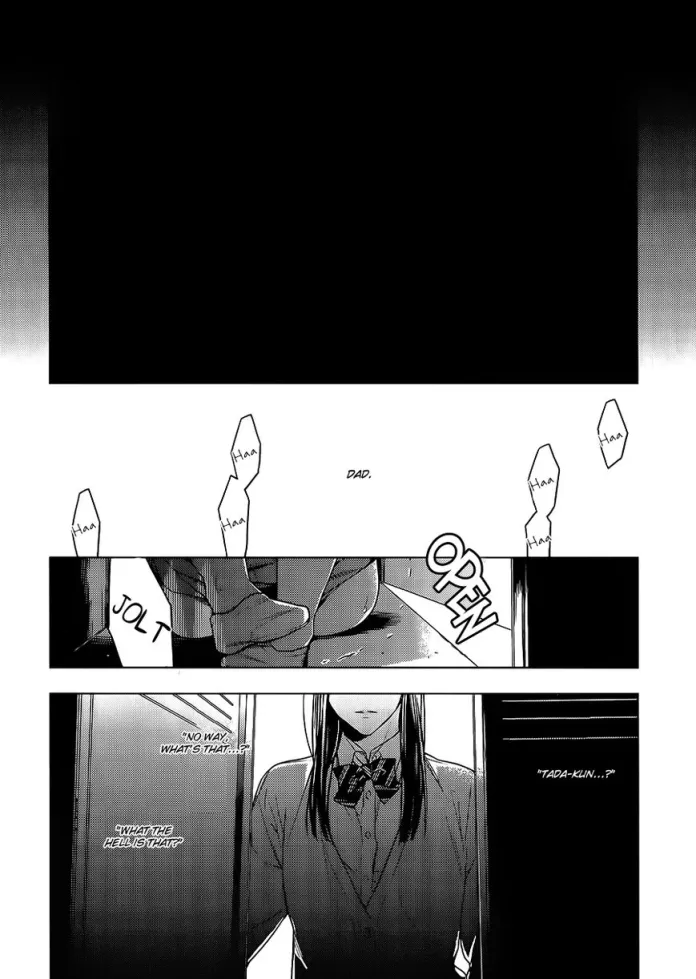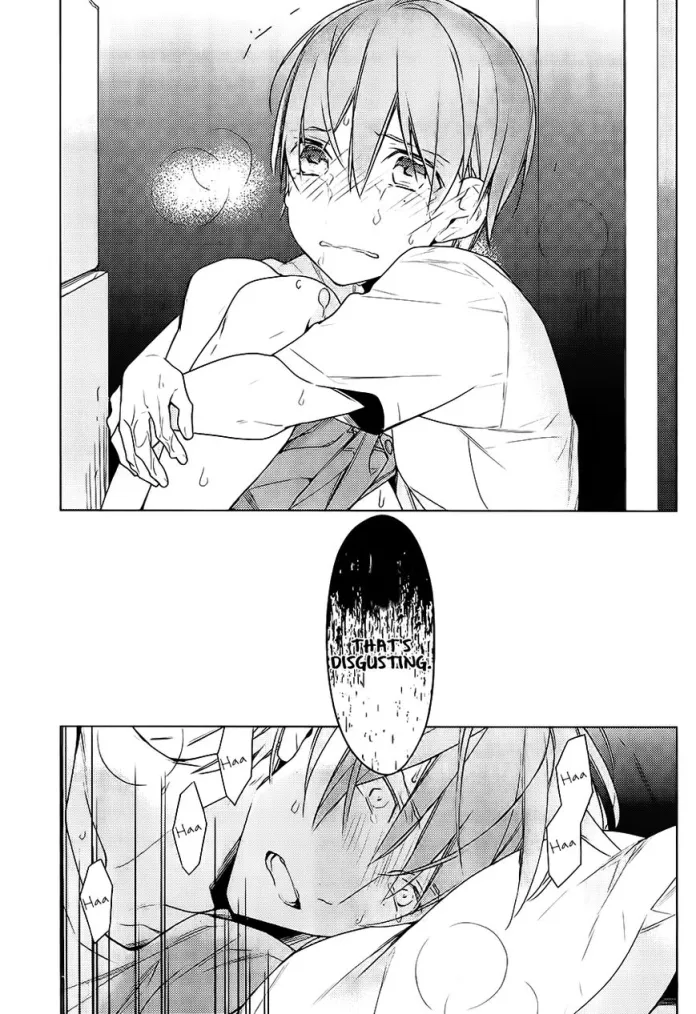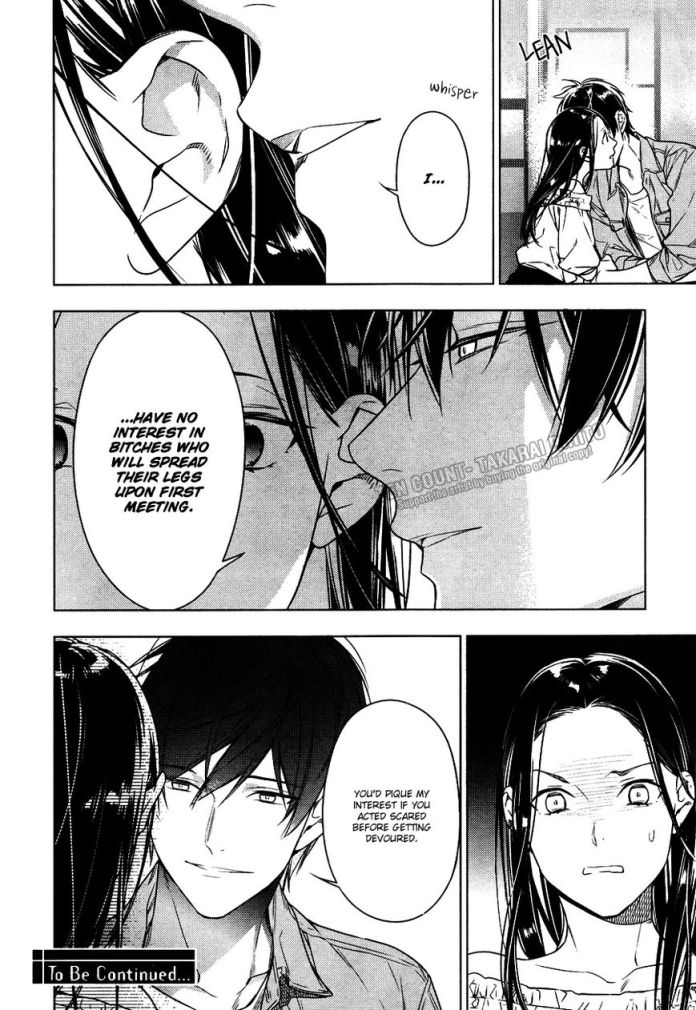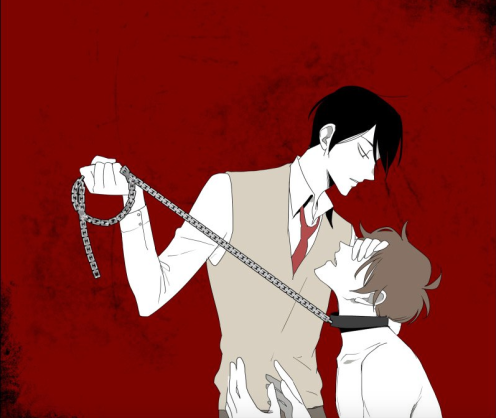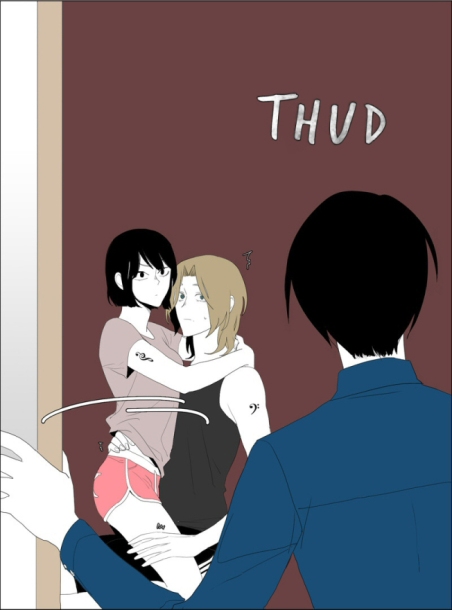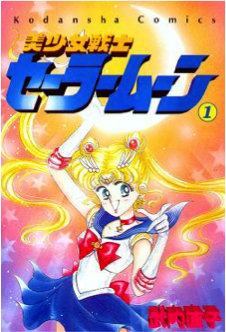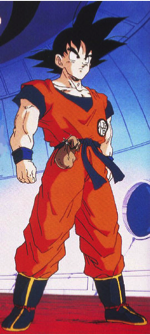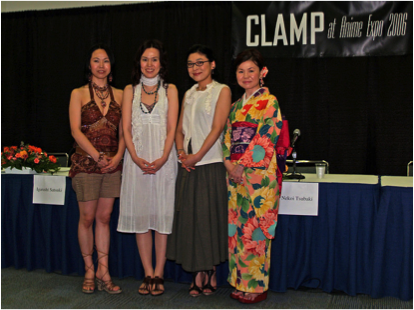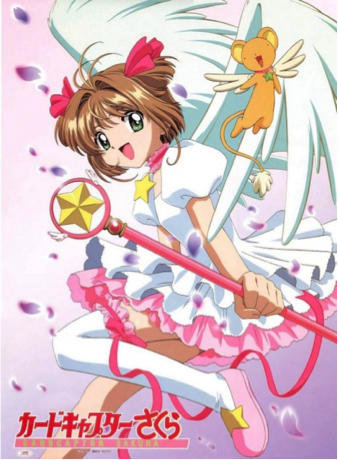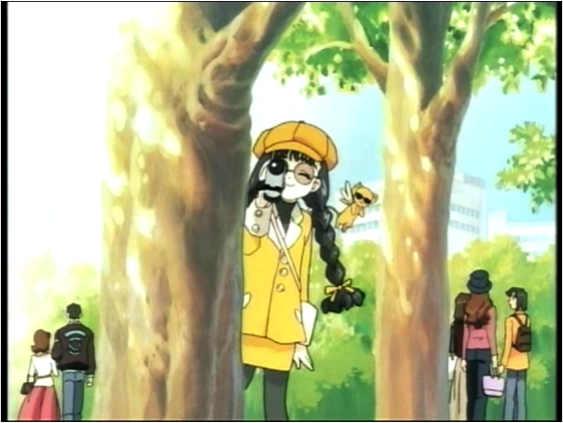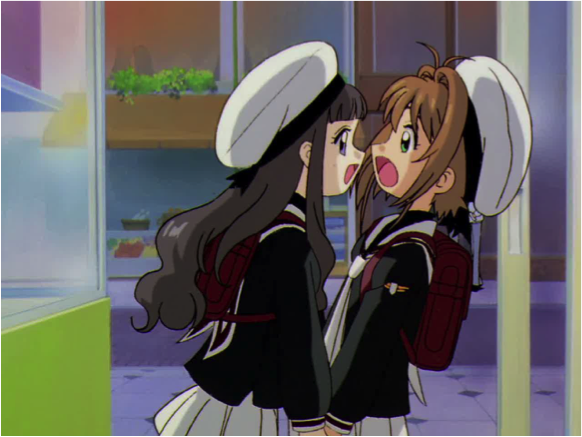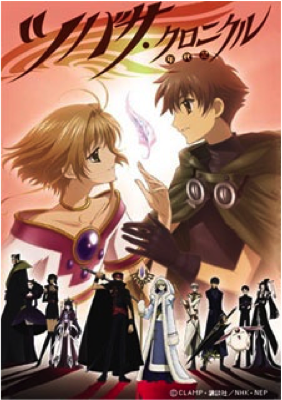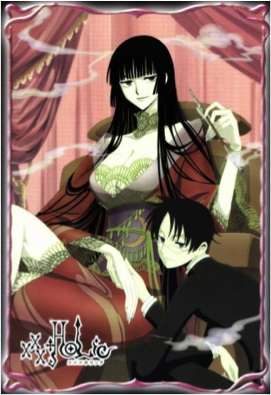Originally published on Fanny Pack, 19th October 2016.
Hello, I’m a woman and I don’t ever want to get married.
It’s not a proclamation likely to make anyone gasp, shudder, faint or feel an uncontrollable urge to form a Frankenstein-esque mob of angry villagers to hunt me down and force a wedding band around my finger, but it is likely to auto-generate one particular question in most people’s heads like a predictive text:
In a world where we – especially women – are still expected to tie the knot at some point in their lives, almost as a default setting, this might seem like a fair response. Except that I don’t think it should be. Not me, Oprah Winfrey, Kourtney Kardashian, Chelsea Handler, Jon Hamm, Charlize Theron, Helena Bonham-Carter and anyone else – famous or not – who choose never to marry their significant other do. But even though marriage is now very much a choice in most places, culturally it still feels like very much the opposite.

I know that it is first-hand – without being Jennifer Aniston – because every time I have to vocalise (when prompted) that I won’t ever be getting married, the reactions I usually get make me feel like I’m either the bearded-woman at the Victorian freak show, or I’m accidentally doing something eyebrow-raisingly rebellious. I’m inadvertently railing against the all-powerful regime of hen parties and white veils and ‘His’ and ‘Hers’ monogrammed everything. It kind of makes me sound like I’m actively fighting against the entire institution, but that’s not true either. Not wanting to get married is exactly the same as being an atheist: just because you don’t have a religion, it doesn’t mean you’re actively trying to stop everyone else from having one. (Richard Dawkins, aside.)

Well, just call me The Walking Dead forever, in that case. Weddingbee.
There’s also this ridiculous wheeze echoed through “think-pieces” and trolling comments in the darker recesses of Reddit and Twitter that feminism has “killed” lovely old-fashioned notions like romance; empowering women to focus too much on silly things like gender equality and their careers rather than keep protecting the sanctity of the nuclear family, as if marriage and motherhood were the last holy bastions holding back the coming apocalypse spilling forth from Hell.
Here are some home truths: not believing in marriage doesn’t mean you’re not a romantic person. I’ve got two very-worn out copies of Love, Actually and When Harry Met Sally that can attest to that fact. I can also tell you categorically that I was a non-believer in marriage long before I called myself a feminist. Feminism didn’t ‘convert’ me into something I’m not – it just helped me give voice and reason to feelings and beliefs I already held to be true.
The main root of my feelings was planted when I realised that women are culturally conditioned from young ages to ‘aspire’ to marriage as a crowning achievement rather than the simple lifestyle choice it actually is. This conditioning continues into our adulthood, when we’re then culturally pressured into thinking that spending the amount of money we’d also deem an appropriate price tag for a two-bedroom semi-detached house on what is essentially a piece of paper, two bits of boring jewellery and a giant party made-up of estranged relatives we can’t stand and random acquaintances is somehow the key to life-long happiness.
As a kid, I bought Barbie dolls already decked out in their perfect bridal gowns and consumed hours of Disney princess films that were remiss if their heroine’s journey didn’t culminate in a wedding. I watched women in countless TV shows and rom-coms as a teenager lovingly pour over wedding scrapbooks they’d had since they were children; try on wedding dresses just for the fun of it; browbeat tired and disinterested caricatures of boyfriends into the perfect proposals and then scream and wail when their actual wedding plans started going awry, as if their very existence depended on one day in their whole lives going absolutely perfectly for fear of the rest of it being cursed to fall to shit. And once the rings are on, the curtain falls. Their lives are fulfilled, done and spent.
I watched these stereotypes of wedding-crazy women and wondered why I couldn’t relate to them. Was I not ‘woman-ing’ correctly? Then one day it hit me. I’d always played ‘wedding’ with my toys as a child, but I never actually imagined myself to be the bride. To someone who did relate to all those things I mentioned earlier, that might seem like a sad realisation. To me, it was life affirming. I’d seen all the evidence of what marriage could be and what it could mean. My own parents have been very happily married for over twenty years, too. Having weighed all this up, I’d been able to come to the informed opinion that weddings really meant nothing to me, bridal gowns didn’t make me giddy, and being a wife wasn’t a description or title that suited me.

Just about the only thing I would do in a wedding dress. Cosmopolitan.
It’s a choice that women in the past fought tooth and nail for me to be empowered to make. But, I think it’s important to remember that my ability to make that choice is a luxury not afforded to everyone. Women and girls are still being forced into marriages they wouldn’t choose for themselves, sometimes to men who are physically and sexually abusive to them. My ability to choose also carries heterosexual privilege too. If I wanted to spend my life with someone of the same sex, I would either not be able to marry them at all if I lived in certain countries, or even in countries that have legalised marriage equality, the choice to not get married would still be less viable as LGBTQ couples face complicated legal baggage around having children. And, as Princess Jasmine’s father learned in one of my favourite Disney princess films, the decision to get married should be based on love, not legalities.

“Screw bureaucracy – I’m the damn Sultan!” Fanpop.
At the end of the day, we need to stop treating marriage as an inevitable destination rather than the equal-opportunities choice in our lives we have fought – and still fight – for it to become. If you like it, put a ring on it. Or not. And that should be nobodies’ business but your own.




